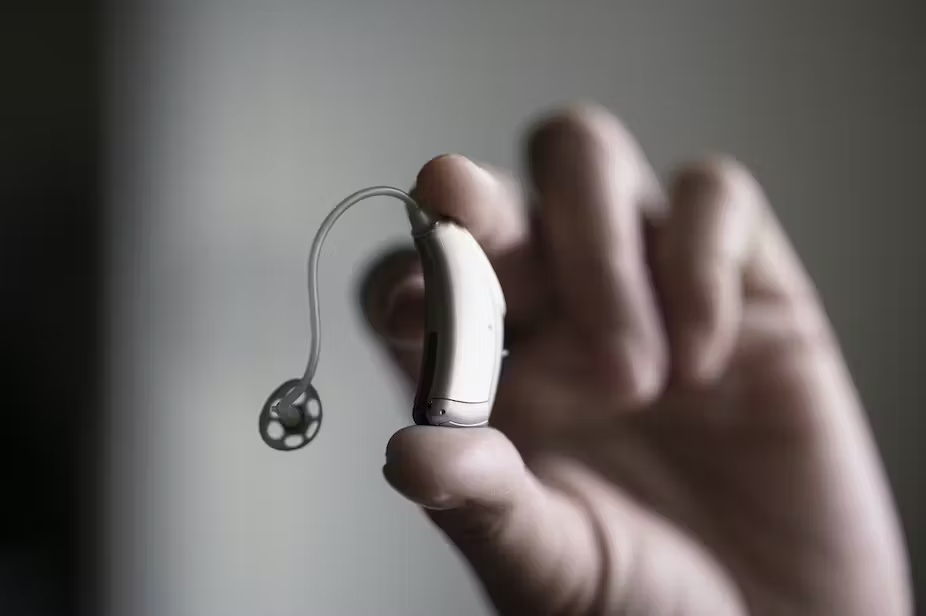Hearing loss is a common condition that affects millions of people worldwide. Fortunately, advancements in technology have led to the development of various hearing aid solutions to improve auditory experiences for those with hearing impairments. Among these innovations, hearing aid domes play a crucial role in enhancing comfort, sound quality, and overall user satisfaction. In this article, we will delve into the world of hearing aid domes, exploring their types and the differences that make them suitable for diverse hearing needs.
What are Hearing Aid Domes?
Hearing aid domes are small, soft, flexible attachments placed at the end of the hearing aid receiver or tubing. These domes are designed to sit comfortably in the ear canal, providing a secure fit and helping to deliver amplified sound effectively. The primary purpose of hearing aid domes is to ensure that the hearing aid stays in place, while also influencing the way sound is delivered to the ear.
Types of Hearing Aid Domes
Open Domes
Open domes are characterized by a vent or opening, allowing some natural sound to enter the ear. These domes are suitable for individuals with mild to moderate high-frequency hearing loss. The venting helps prevent the feeling of occlusion, where the ear canal is blocked, and it also reduces the "head in a barrel" sensation that some users may experience.
Closed Domes
Closed domes, as the name suggests, do not have vents or openings. They are often recommended for individuals with more severe hearing loss, as they provide a higher level of amplification and better feedback control. Closed domes create a more sealed environment in the ear canal, maximizing the benefit of the amplified sound.
Tulip Domes
Tulip domes have a unique shape resembling a tulip flower. These domes are designed to provide a secure fit in the ear canal, preventing slippage and ensuring optimal sound transmission. Tulip domes are often preferred by those with moderate to severe hearing loss, as they offer a good balance of comfort and performance.
Double Domes
Double domes consist of two layers of soft silicone, providing additional sealing in the ear canal. This design is beneficial for users with mild to moderate hearing loss, offering enhanced sound quality and reducing the risk of feedback. The dual-layer construction helps create a better acoustic seal, improving the hearing aid's efficiency.
Power Domes
Power domes are specifically designed for individuals with profound hearing loss. These domes have a larger size and may feature a more complex shape to accommodate the needs of users with significant hearing challenges. Power domes are often used with high-powered hearing aids to deliver sufficient amplification.
Differences in Hearing Aid Domes
Sound Quality
The choice of hearing aid dome can significantly impact the overall sound quality. Open domes, with their vented design, allow natural sound to mix with amplified sound, creating a more natural listening experience. Closed domes, on the other hand, provide a higher level of amplification but may result in a more isolated sound experience.
Comfort and Fit
The comfort of wearing hearing aids is crucial for user satisfaction. Open domes are generally more comfortable for extended wear due to their breathable design. Closed and tulip domes offer a more secure fit, reducing the likelihood of slippage but may cause a feeling of fullness in the ear for some users.
Feedback Control
Closed domes are effective in controlling feedback, a common issue in hearing aid use. The sealed environment created by closed domes minimizes the risk of feedback, ensuring a more pleasant listening experience. Open domes, while comfortable, may be more prone to feedback, especially in high-volume situations.
Hearing Loss Severity
The severity of hearing loss plays a crucial role in determining the most suitable type of hearing aid dome. Open domes are often recommended for mild to moderate high-frequency hearing loss, while closed, tulip, and power domes cater to more severe hearing impairments.
Conclusion
Hearing aid domes are indispensable components in the realm of hearing care, contributing significantly to the comfort, fit, and performance of hearing aids. Choosing the right type of dome depends on various factors, including the user's hearing loss severity, lifestyle, and personal preferences. By understanding the types and differences in hearing aid domes, individuals with hearing impairments and their audiologists can make informed decisions to enhance their auditory experiences and overall quality of life.


No comments yet